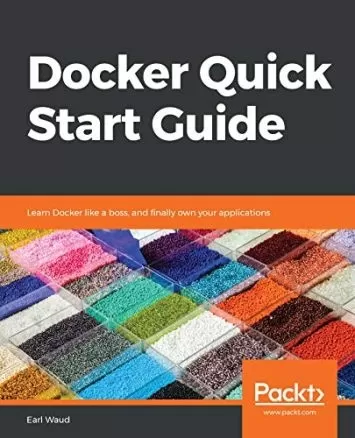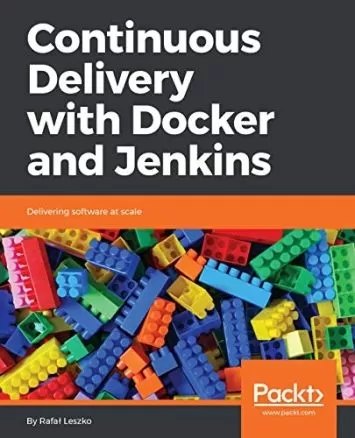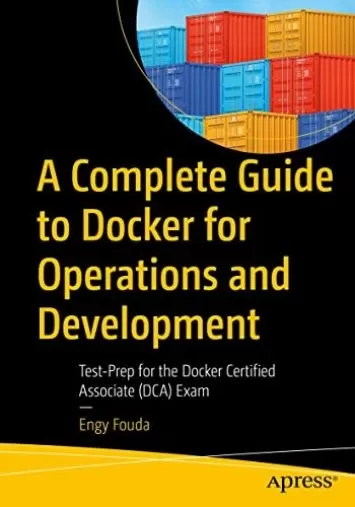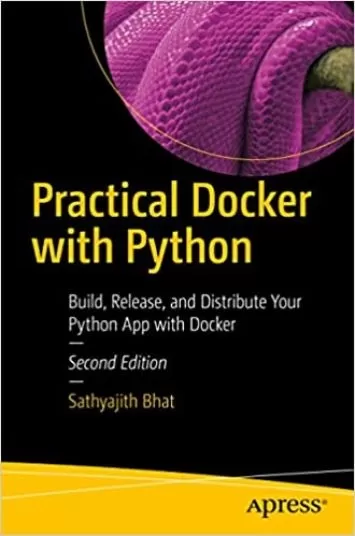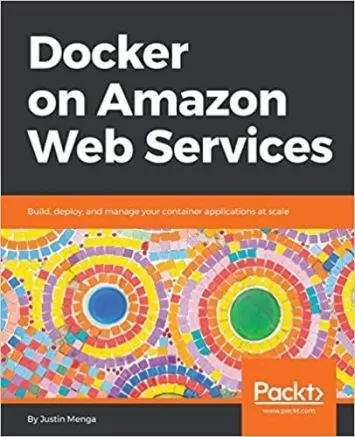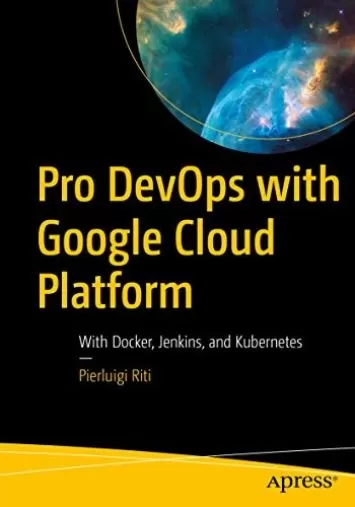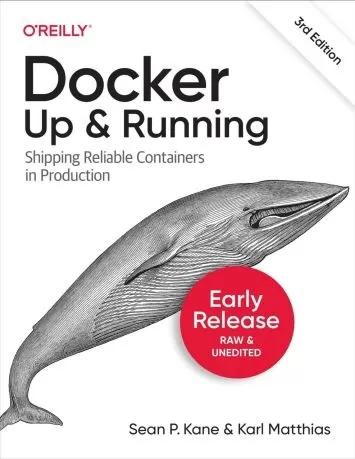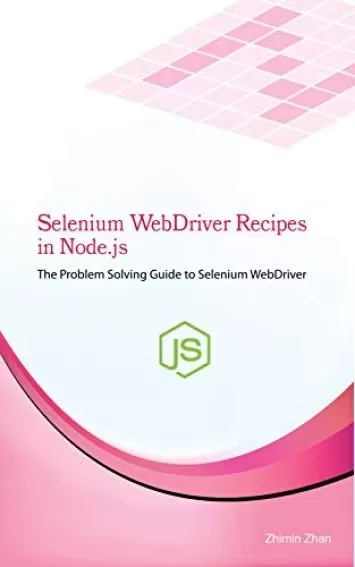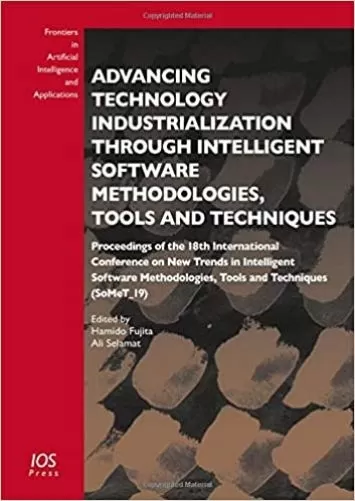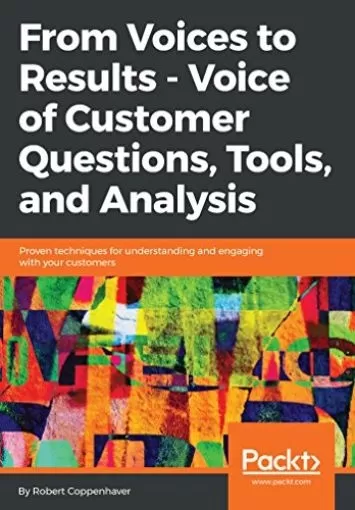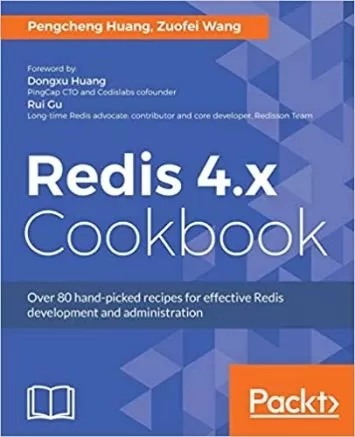
A Developer's Essential Guide to Docker Compose: Simplify the development and orchestration of multi-container applications
Category
Author
Publication
Packt Publishing
Software development is becoming increasingly complex due to the various software components used. Applications need to be packaged with software components to facilitate their operations, making it complicated to run them. With Docker Compose, a single command can set up your application and the needed dependencies.
This book starts with an overview of Docker Compose and its usage and then shows how to create an application. You will also get to grips with the fundamentals of Docker volumes and network, along with Compose commands, their purpose, and use cases. Next, you will set up databases for daily usage using Compose and, leveraging Docker networking, you will establish communication between microservices. You will also run entire stacks locally on Compose, simulate production environments, and enhance CI/CD jobs using Docker Compose. Later chapters will show you how to benefit from Docker Compose for production deployments, provision infrastructure on public clouds such as AWS and Azure, and wrap up with Compose deployments on said infrastructure.
By the end of this book, you will have learned how to effectively utilize Docker Compose for day-to-day development.
Review
"Docker and Docker Compose are two fundamental tools in the modern development ecosystem, and to be able to run your solution in different cloud providers, containers are strategically important. For this reason, knowing about these two tools is very important. This book is all about Docker Compose, and it does it remarkably well. The book is made up of three parts, each of which is useful for understanding not only how to use the tool but also how to do so in working environments.
In the first part, the author deals with the fundamentals of Docker Compose. This part will certainly be useful for those who approach the topic and need to understand the basics, but it will also be useful for those who need a guide to consult daily. I found the chapter on networking and volumes really well written. These two topics are always very delicate and difficult to understand, but, they are clear and well-explained. I want to clarify that it is, in any case, an introductory chapter, but it allows you to fix the topics so that you can then go and address them in detail in the documentation. If you are already an expert on the topic, the first part can serve as a very useful refresher, but it is not meant for you.
The second part of the book is dedicated to daily work with the tool and examines the aspects a developer has to tackle every day (monitoring, combining multiple docker-compose files, simulating a local environment, and so on). Unfortunately, for those who work with Azure, the chapter relating to the simulation of a local environment is designed for AWS. In this part, you can find a whole chapter dedicated to CI/CD pipelines where GitHub, Bitbucket, and Travis (no Azure DevOps pipelines) are examined as CI/CD platforms. It is a well-written, useful chapter.
The third part is dedicated to deployment: remote hosts, AWS, Azure, and Kubernetes.
In conclusion, this is a well-written book, and, although the topic is not the easiest, it is also very smooth and understandable. An interesting aspect is that it can be used by those approaching the instrument but also as a reference guide for daily work."
--Massimo Bonanni, Technical Speaker, Microsoft
--This text refers to the paperback edition.About the Author
Emmanouil Gkatziouras is a Cloud Architect for Yapily, a leading Open Banking Infrastructure provider. Prior to that, he was a Senior Backend engineer for Oseven, Greece. Emmanouil has helped organizations and start-ups to utilize Cloud Services and container orchestration tools such as Kubernetes. He loves to give back to the developer community by contributing to open-source projects such as InfluxDb, Spring Cloud GCP, Alpakka and by blogging on various software topics. He is committed to continuous learning and is a holder of certifications such as CKA, CCDAK, PSM.
--This text refers to the paperback edition.- Create multi-container applications using Docker Compose
- Use Docker Compose for daily development
- Connect microservices leveraging Docker network fundamentals
- Add monitoring to services leveraging Prometheus
- Deploy to production using Docker Compose
- Translate Compose files to Kubernetes deployments
This book is for software engineers, developer advocates, and DevOps engineers looking to set up multi-container Docker applications using Compose without the need to set up a Docker orchestration engine. It is also for team leads looking to increase the productivity of an organization's software teams by streamlining the provisioning of complex development environments locally using Docker Compose. Readers are expected to understand containerization and must possess fundamental Docker knowledge to get started with this book.
- Introduction to Docker Compose
- Running the First Application Using Compose
- Network and Volumes Fundamentals
- Executing Docker Compose Commands
- Connecting Microservices
- Monitoring Services with Prometheus
- Combining Compose Files
- Simulating Production Locally
- Creating Advanced CI/CD Tasks
- Deploying Docker Compose Using Remote Hosts
- Deploying Docker Compose to AWS
- Deploying Docker Compose to Azure
- Migrating to Kubernetes Configuration Using Compose






